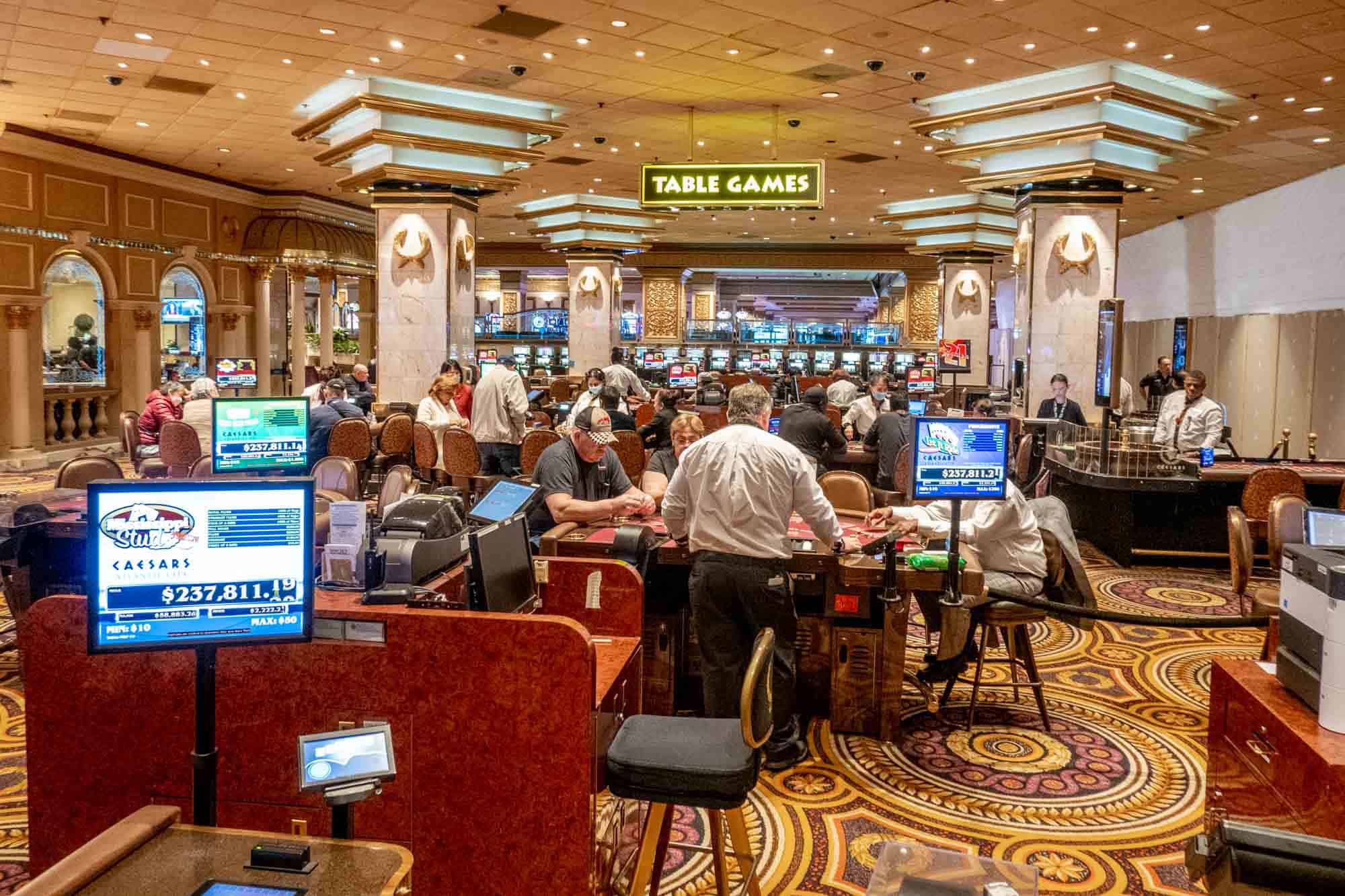Inside Look: How Gambling Games Created
Behind these shimmering illuminations plus the alluring sounds of spinning reels lies a dynamic world where creativity meets numbers: the creation of games of chance. As players flock to casinos seeking excitement and the chance of winning big, a vast amount of effort takes form behind the scenes to create these games they enjoy. From the initial concept to the final product that players interact with, many elements are brought together to ensure a captivating play experience.
Designers, technicians, plus game developers work together to merge cutting-edge technology with engaging gameplay mechanics. Every aspect, from visuals and audio elements to probabilities plus payouts, is carefully designed to attract players plus keep them engaged. Understanding the intricate process of how casino games are made reveals both the technical expertise involved but also the artistic vision that brings these engaging experiences to life.
Video Game Design Process
The design workflow begins with idea generation and conceptualization, where creators develop concepts for new casino games. This first phase typically involves pinpointing potential audiences and analyzing market trends. Designers take into account elements such as game mechanics, themes, and payout structures to develop an engaging experience. Teamwork between game designers, mathematicians, and artists is essential to ensure a well-rounded concept.
Once a concept is chosen, the next stage involves creating prototypes and testing. Designers build a functional version of the game to evaluate its playability and mechanics. This allows for adjustments and refinements based on feedback from testers. Iteration is vital, as designers may go through multiple rounds of evaluations to fine-tune gameplay balance and user experience. This phase is crucial for identifying any potential issues before the game is finalized.
After testing, the game moves into the development phase and production. This comprises the technical aspects of coding the game software, integrating graphics, and ensuring compliance with gaming regulations. Quality assurance testing ensures that the game functions seamlessly across various platforms and devices. Once everything is refined, the game is prepared for launch, often accompanied by promotional tactics to draw in players and generate excitement around the latest casino game.
Tech and Advancement
The evolution of gambling games has evolved significantly with progress in tech. Contemporary game design often features high-quality graphics, engaging sound effects, and engaging animations that deliver a captivating experience for players. Game developers use sophisticated software tools and coding languages to create these interactive gaming experiences. Additionally, the use of RNGs ensures fairness and unpredictability in outcomes, which is essential for maintaining player trust and compliance with gaming regulations.

In the past few years, the surge of online casinos has pushed the limits of game development even further. Developers are now able to create games that appeal to a global audience, incorporating features such as live dealers and VR environments. This shift has encouraged innovation, leading to unique game mechanics and formats that enhance player engagement. Mobile gaming has also become a significant focus, driving developers to optimize games for mobile phones and tablets, ensuring availability and ease of access for players on the go.
Cooperation among designers, visual artists, and mathematicians is essential in the creation process. Each team contributes their knowledge to ensure games are not only aesthetically pleasing but also statistically accurate and enjoyable. The integration of player feedback during testing phases allows developers to enhance game features and functionalities, ultimately leading to a favorable launch. As technology continues to advance, the potential for innovative game concepts and experiences is limitless, promising an exciting future for casino games.
Testing and Quality Control
Once a gambling game has been developed, it transitions to the critical phase of evaluation and quality control. This stage ensures that the game operates flawlessly and provides a fair experience for players. Teams conduct extensive tests, including operational checks to verify that all game features work as intended. Each aspect, from visuals to sound effects, is evaluated to ensure quality benchmarks are met.
In addition to operational testing, the game experiences thorough compliance checks to meet legal requirements. Different jurisdictions have specific rules governing game fairness and player protection. Quality assurance teams will confirm that the random number generators are working correctly and that the game’s payout percentages align with industry standards. This detailed examination helps forge trust with players and authorities alike.
Finally, user testing may be conducted with real players to gather insights on user experience. https://bet888.solutions/ This invaluable insight allows developers to make necessary adjustments before the public launch. Tackling any likely issues recognized during this phase helps ensure that users will enjoy a fluent, immersive experience when the game goes live. The commitment to quality reflects the sector’s dedication to delivering entertaining and reliable casino games.